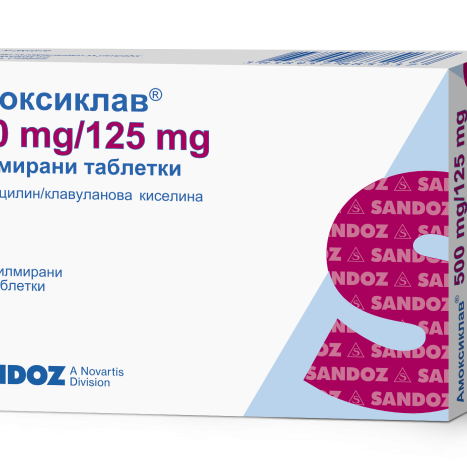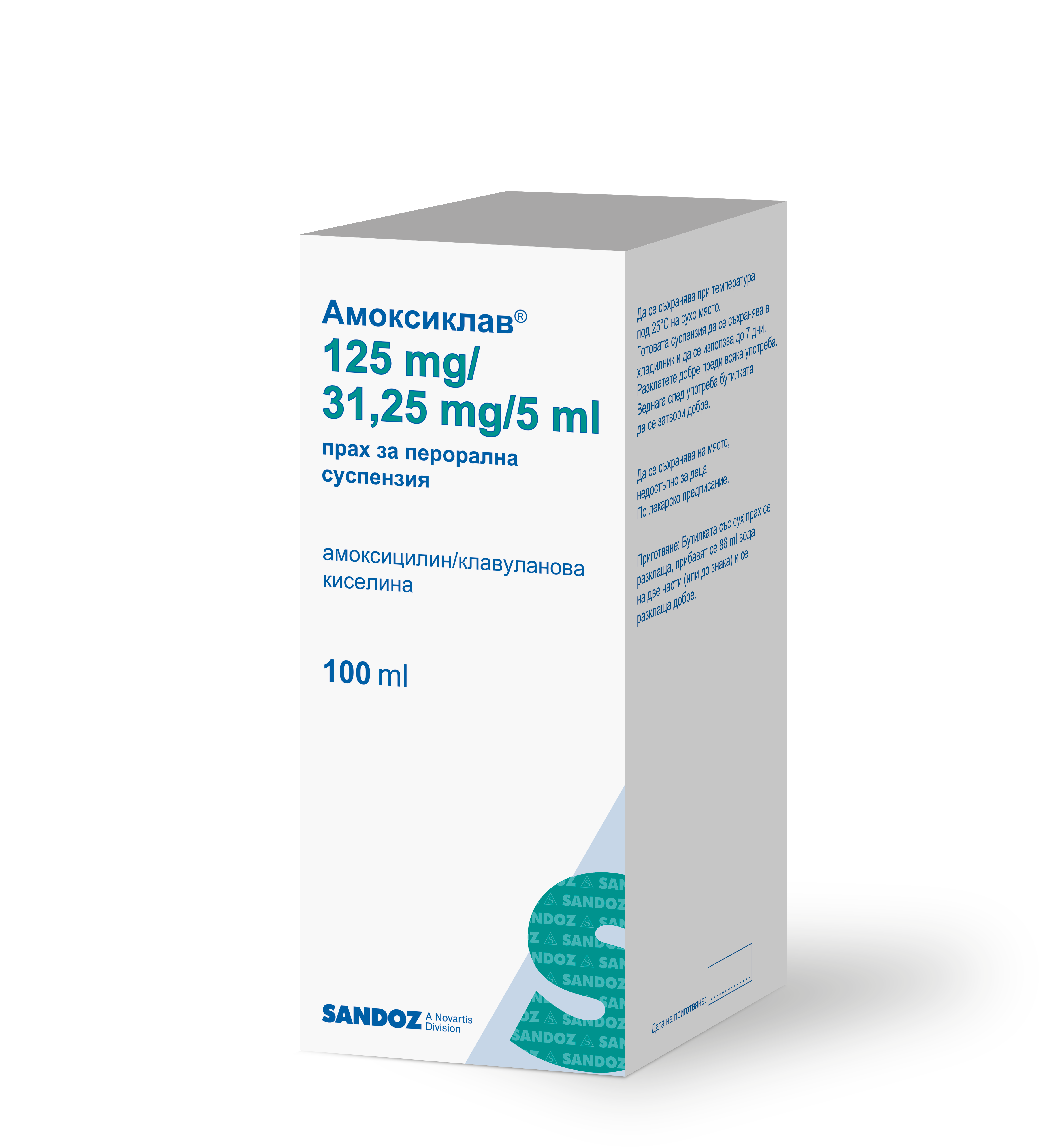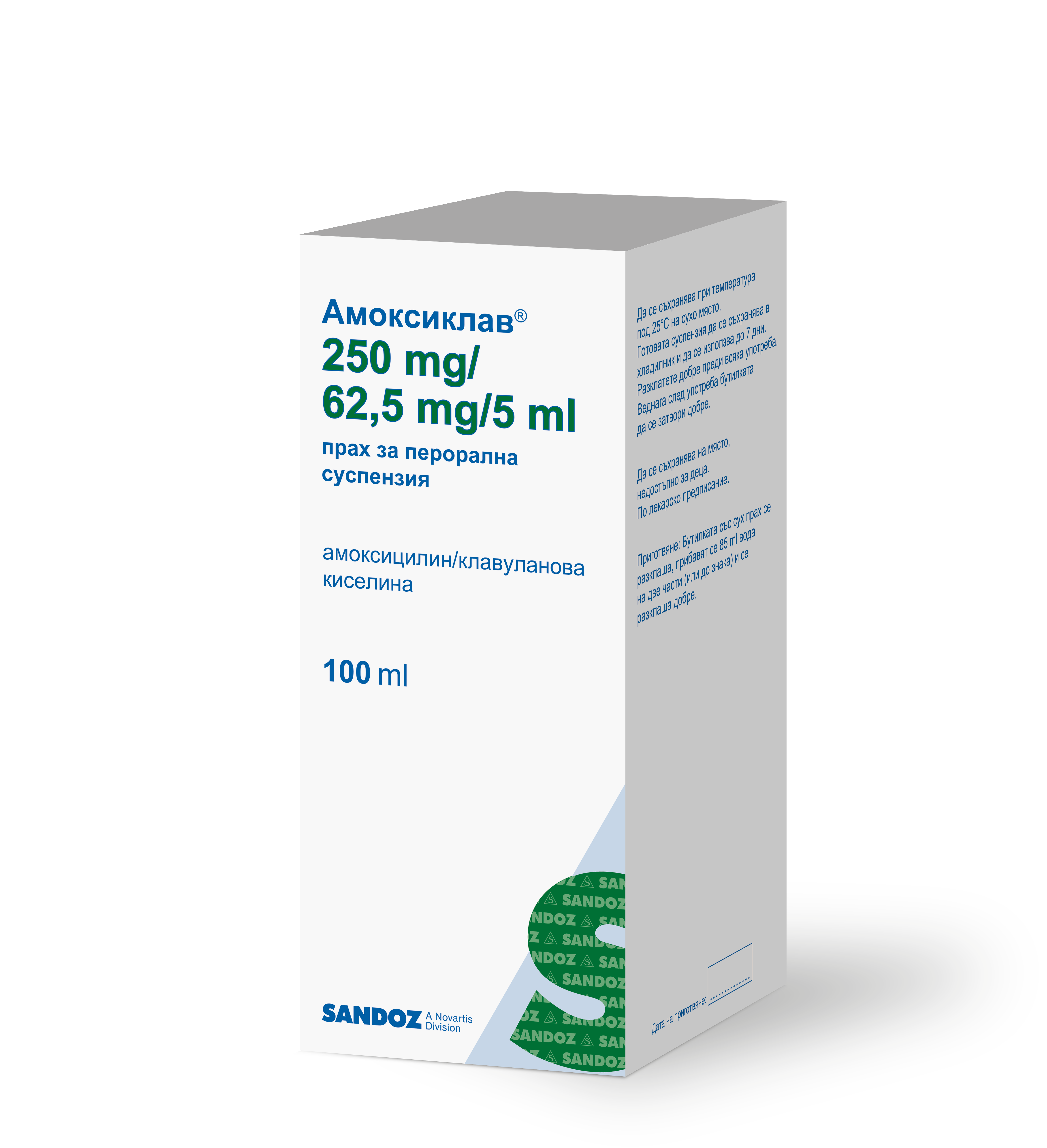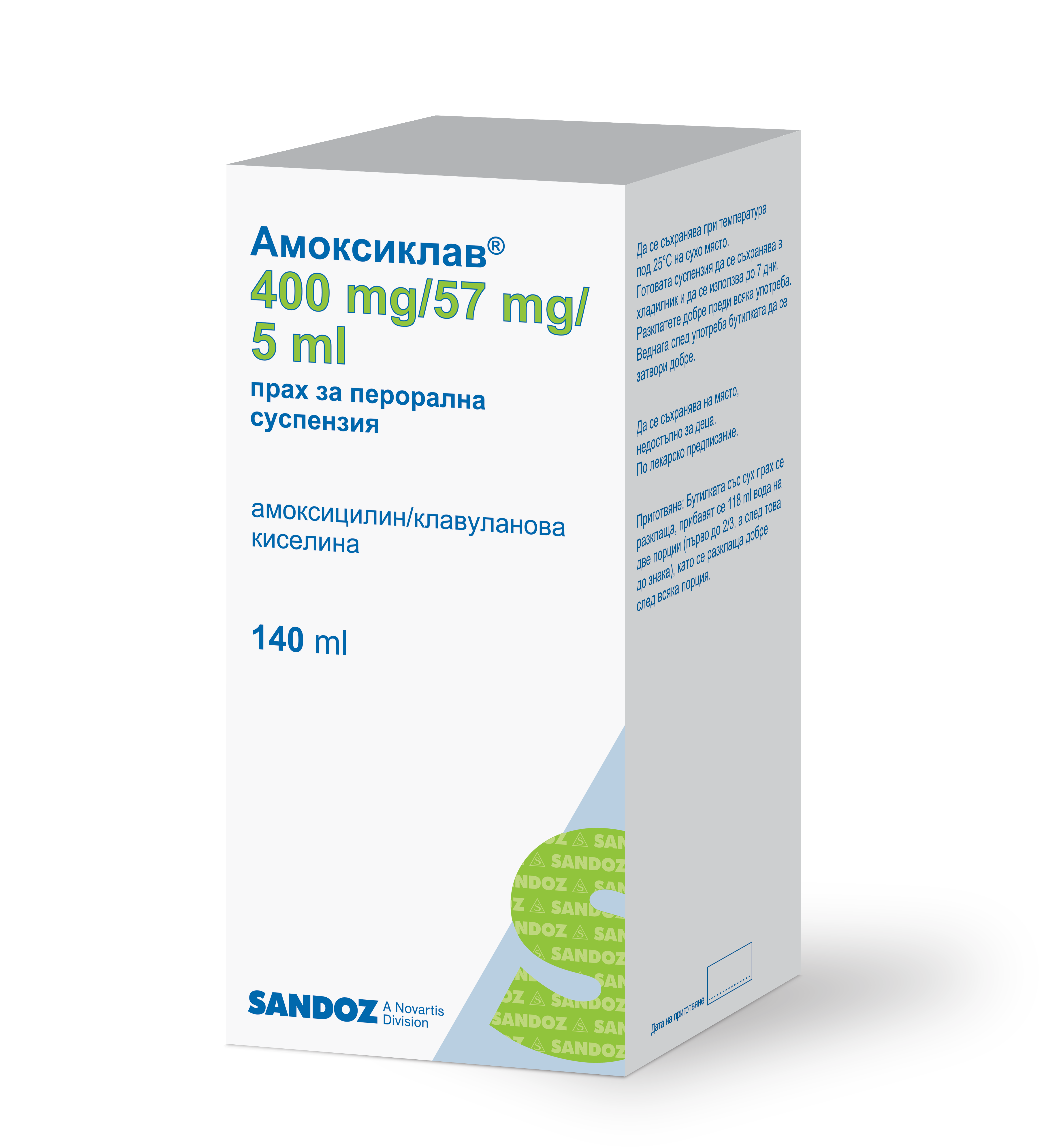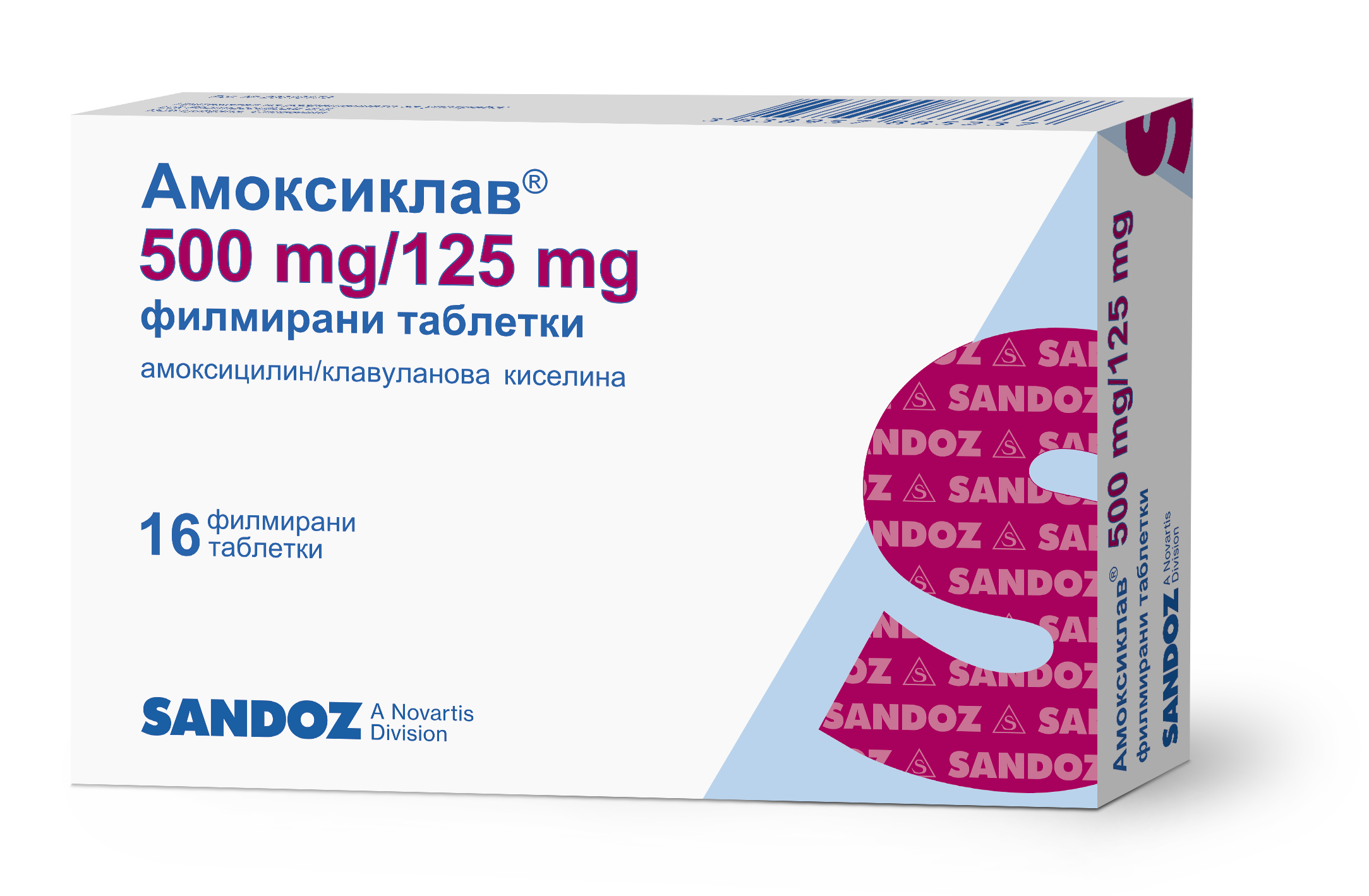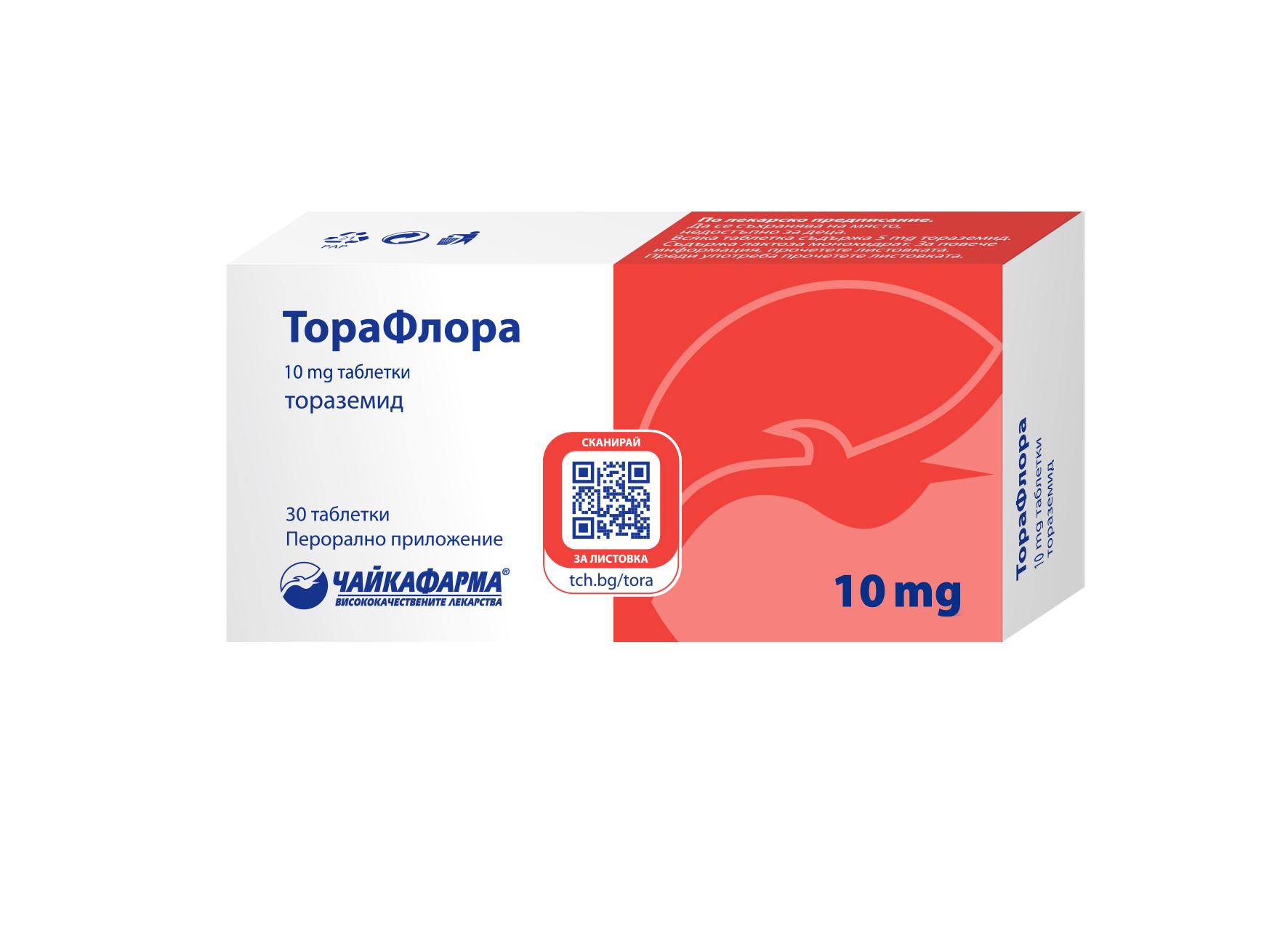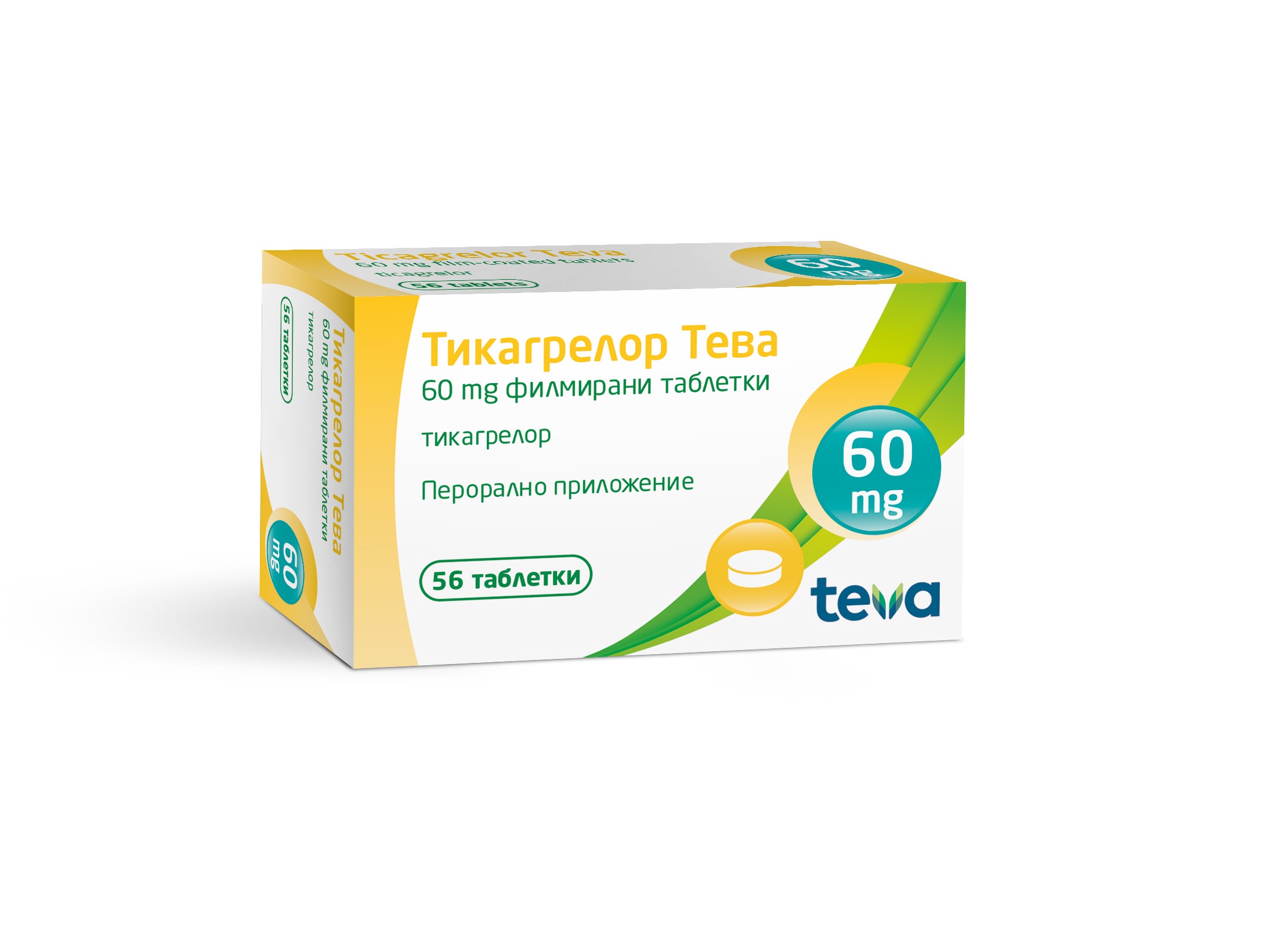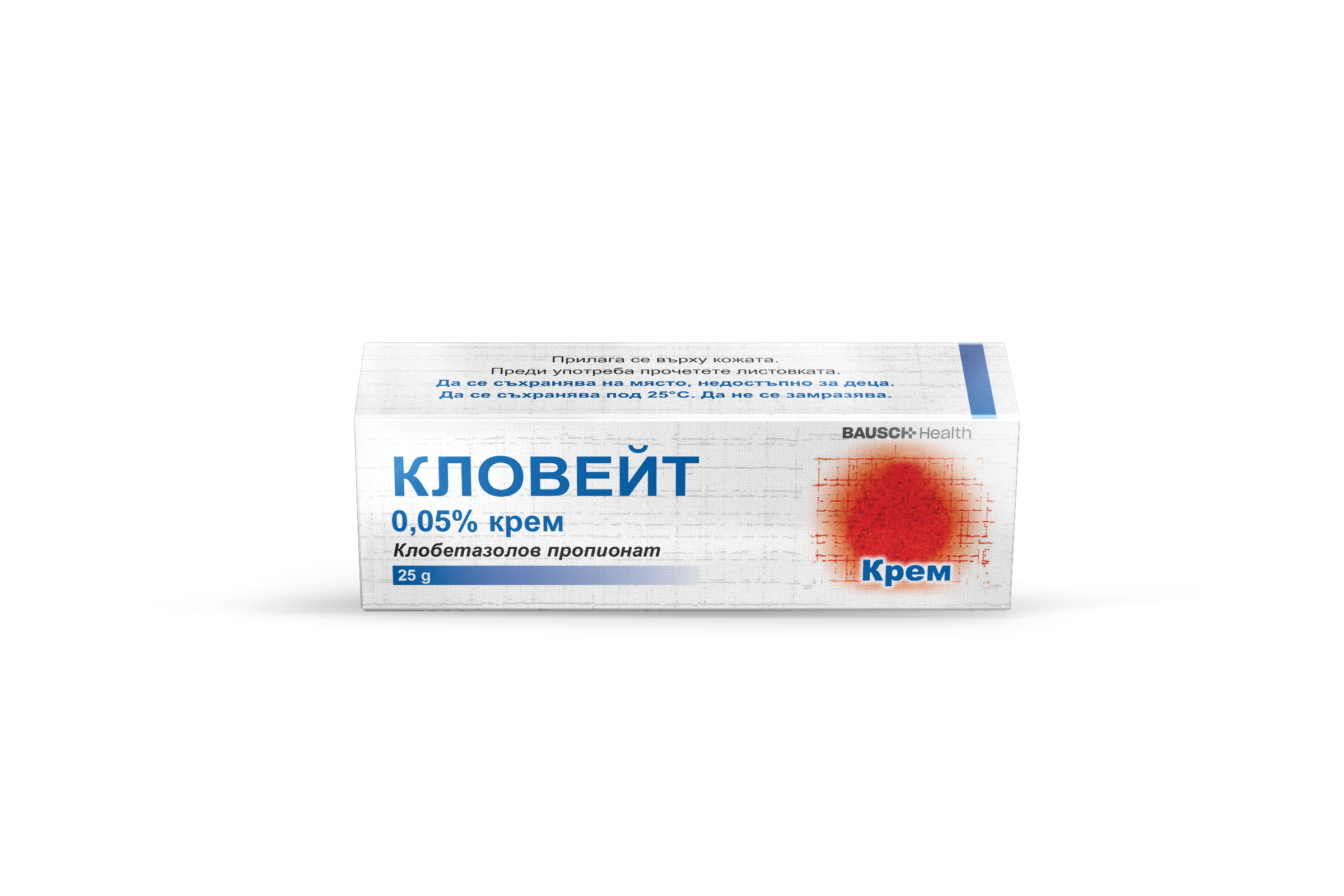AMOKSIKLAV 500mg/125mg x 16 tabl
Leaflet: user information
A moxiclav 500 mg / 125 mg film- coated tablets
Amoksiklav 500 mg / 125 mg film - coated tablets
Amoxicillin/clavulanic acid
(Amoxicillin/clavulanic acid)
Read all of this leaflet carefully before you start taking this medicine because it contains important information for you.
- Keep this leaflet. You may need to read it again.
- If you have any further questions, ask your doctor or pharmacist.
- This medicine has been prescribed for you personally. Don't leave it to other people. It can harm them, even if their symptoms are the same as yours.
- If any of the side effects become serious, or you notice other side effects not described in this leaflet, please tell your doctor or pharmacist. See point 4.
What this leaflet contains :
- What Amoxiclav is and what it is used for
- What you need to know before taking Amoxiclav
- How to take Amoxiclav
- Possible side effects
- How to store Amoxiclav
- Package contents and additional information
1. What Amoxiclav is and what it is used for
Amoxiclav is an antibiotic and works by destroying the bacteria that cause infections.
It contains two different medicines called amoxicillin and clavulanic acid. Amoxicillin belongs to a group of medicines called 'penicillins' which can sometimes be stopped working (become inactive). The other active component (clavulanic acid) prevents this from happening.
Amoxiclav is used in adults and children to treat the following infections:
- middle ear and sinus infections
- respiratory tract infections
- urinary tract infections
- skin and soft tissue infections, including dental infections
- bone and joint infections
2 . What you need to know before taking Amoxiclav
Do not take A moxiclav:
- if you have an allergy (hypersensitivity) to amoxicillin, clavulanic acid penicillin or to any of the other ingredients of Amoxiclav (listed in point 6);
- if you have had a serious allergic reaction (hypersensitivity) to another antibiotic. This may include a skin rash or swelling of the face or neck.
- if you have ever had liver problems or jaundice (yellowing of the skin) while taking an antibiotic.
Do not take Amoxiclav if any of the above applies to you. If you are not sure, ask your doctor or pharmacist before taking Amoxiclav.
Warnings and precautions
Talk to your doctor or pharmacist before taking this medicine if:
- you have glandular fever
- you have been treated for liver or kidney problems
- you do not urinate regularly
If you are not sure if any of the above applies to you, consult your doctor or pharmacist before taking.
In some cases, the doctor may test for the type of bacteria that is causing your infection. Depending on the results, you may be prescribed Amoxiclav with a different content of the active substance or another drug.
Conditions to watch out for
Amoxiclav may worsen some existing conditions or cause serious side effects. These include allergic reactions, convulsions (seizures) and inflammation of the colon. You should watch out for certain symptoms while taking this medicine to reduce the risk of problems. See “ Conditions to watch out for” in point 4 .
Blood and urine tests
If you are having blood tests (such as red blood cell count or liver function tests) or urine tests (for blood sugar), tell the doctor or nurse that you are taking Amoxiclav. This is necessary because Amoxiclav can affect the results of these types of studies.
Other drugs and Amoxiclav
Tell your doctor or pharmacist if you are taking, have recently taken, or might take any other medicines.
If you take allopurinol (used to treat gout) with Amoxiclav, you may be more likely to get an allergic skin reaction.
If you are taking probenecid (used to treat gout), your doctor may decide to adjust the dose of Amoxiclav.
If medicines that prevent the formation of blood clots (eg warfarin) are taken together with Amoxiclav then additional blood tests may be necessary.
Amoxiclav can affect the way methotrexate (a medicine used to treat cancer or rheumatic diseases) works.
If you are taking mycophenolate mofetil (used to suppress the immune system in transplants), close clinical monitoring is required during co-administration with the antibiotic and for a short period afterwards.
Amoxiclav with food and drink
To minimize the possibility of gastrointestinal intolerance, take the tablets immediately before a meal.
Pregnancy and breastfeeding
If you are pregnant or breast-feeding, think you may be pregnant or are planning to become pregnant, ask your doctor or pharmacist for advice before using this medicine.
The possibility of increased sensitivity should be considered.
Consult your doctor or pharmacist before taking any medication.
Driving and using machines
Amoxiclav can cause side effects and the symptoms may make you unable to drive.
You should not drive or operate machinery if you are unwell.
This medicine contains less than 1 mmol sodium (23 mg) per dose, i.e. it can be said to be practically sodium-free.
3. How to take Amoxiclav
Always take Amoxiclav exactly as your doctor has told you. If you are not sure, ask your doctor or pharmacist.
Adults and children with body weight over 40 kg
The usual dose is:
- 1 tablet three times a day
Children weighing less than 40 kg .
Children aged 6 years or younger are preferably treated with amoxicillin/clavulanic acid oral suspension or sachets.
Ask your doctor or pharmacist when giving Amoxiclav tablets to children weighing less than 40 kg.
Patients with kidney and liver problems
• If you have kidney problems, the dose may be changed. different content of the active substance or another medicine. Your doctor may choose a different content of the active substance or a different medicine.
• If you have liver problems, you may have more frequent blood tests to see how your liver is working.
How to take ate A moxiclav
• Take the tablets at the beginning of the meal or shortly before.
• Divide doses evenly throughout the day, at least every 4 hours. Do not take 2 doses in 1 hour.
• Do not take this medicine for more than 2 weeks. If you still feel unwell, you should go to the doctor again.
If you have taken more than the required dose of A moxiclav
If you take more Amoxiclav than you should, symptoms may include stomach upset (nausea, vomiting or diarrhoea) or seizures. Consult your doctor as soon as possible. Take the medicine package to show your doctor.
If you forget to take A moxiclav
If you miss a dose, take it as soon as you remember. You should not take the next dose too soon, but wait at least 4 hours before taking it.
If you stop taking Amoxiclav.
Continue to take Amoxiclav until the treatment is complete, even if you feel better. You need every dose to help fight the infection. If some bacteria survive, it can reactivate the infection.
If you have any further questions about the use of this product, ask your doctor or pharmacist
4. Possible side effects
Like all medicines, Amoxiclav can cause side effects, although not everybody gets them.
Conditions to watch out for
Allergic reactions
- skin rash
- inflammation of the blood vessels ( vasculitis ), which can be seen as raised red or purple spots on the skin, but can affect other parts of the body
- fever, joint pain, swollen lymph nodes in the neck, armpits or groin
- swelling, sometimes of the face or mouth ( angioedema ), causing difficulty breathing
- collapse.
→ See a doctor immediately if you experience any of these symptoms. Stop taking Amoxiclav.
Inflammation of the colon
Inflammation of the colon causing watery diarrhea, usually with blood and mucus, abdominal pain and/or high fever.
→ See your doctor as soon as possible for advice if you get these symptoms.
Other side effects
Very common (affects more than 1 in 10 people)
- diarrhea (in adults)
Common (may affect up to 1 in 10 people)
- thrush ( candida - fungal infection of the mouth, vagina or skin folds)
- nausea, especially when taking high doses. If this happens, Amoxiclav should be taken before meals.
- vomiting
- diarrhea (in children)
Uncommon (may affect up to 1 in 100 people)
- skin rash, itching
- raised itchy rash (hives)
- indigestion
- dizziness
- headache
Uncommon side effects that may show up in your blood tests:
- increase in the levels of certain substances in the blood ( enzymes ) produced by the liver.
Rare (affects up to 1 in 1,000 people)
- a skin rash that may be like blisters and look like small targets (central dark spots surrounded by a paler area, with a dark ring around the edge - erythema multiforme ).
→ If you notice any of these symptoms, contact a doctor immediately.
Rare side effects that may show up in your blood tests:
- a small number of cells involved in blood clotting
- low white blood cell count (reversible).
Adverse reactions with an unknown frequency ( an estimate cannot be made from the available data)
- Growth of microorganisms that are insensitive to the antibiotic.
- Allergic reactions (see above)
- Inflammation of the colon (see above)
- Serious skin reactions:
- a widespread rash with blisters and peeling of the skin, especially in the area of the mouth, nose, eyes and genitals ( Stevens-Johnson syndrome ), as well as a more severe form causing extensive peeling of the skin (more than 30% of the body surface - toxic epidermal necrolysis )
- widespread red skin rash with small blisters containing pus ( bullous exfoliative dermatitis )
- a red, scaly rash with bumps under the skin and blisters (exanthematous pustulosis).
- flu-like symptoms with rash, fever, swollen glands and blood test results that are outside the reference range (including increased levels of white blood cells (eosinophilia) and liver enzymes) (Drug Reaction with Eosinophilia and Systemic Symptoms (DRESS)) .
→ See a doctor immediately if you experience any of these symptoms.
- inflammation of the liver ( hepatitis )
- jaundice, caused by an increase in bilirubin in the blood (a substance produced in the liver), which can make your skin and the whites of your eyes appear yellow
- inflammation of the tubules in the kidneys
- blood clots more slowly
- hyperactivity
- seizures (in people taking high doses of Amoxiclav or who have kidney problems)
- meningitis (inflammation of the meninges)
- black tongue that looks hairy
- tooth staining (in children), usually removed with a brush.
Side effects that may show up in your blood or urine tests
- a serious decrease in the number of white blood cells
- low number of red blood cells ( hemolytic anemia )
- crystals in the urine.
If any of the side effects become serious or you notice side effects not described in this leaflet, please inform your doctor or pharmacist.
Reporting adverse reactions
If you get any side effects, tell your doctor, pharmacist or nurse. This includes all possible side effects not described in this leaflet. You can also report adverse reactions directly through the national reporting system to the Executive Medicines Agency, 8 Damyan Gruev Street, 1303 Sofia, phone: + 359 2 890 34 17, website: www.bda.bg. By reporting side effects, you can contribute to getting more information about the safety of this medicine.
5. How to store Amoxiclav
Store the medicinal product at a temperature below 25 °C.
Store the medicinal product in the original packaging, protected from moisture.
Keep out of the reach of children.
Do not use Amoxiclav after the expiration date marked on the package. The expiration date refers to the last day of the specified month.
Medicines should not be disposed of down the drain or in the household waste container. Ask your pharmacist how to dispose of your unwanted medicines. These measures will help protect the environment.
6. Contents of the package and additional information
What Amoxiclav contains
The active substances are: amoxicillin and clavulanic acid.
Each tablet contains 500 mg of amoxicillin, in the form of amoxicillin trihydrate, and 125 mg of clavulanic acid, in the form of potassium clavulanate. Each tablet contains 25 mg of potassium.
The other ingredients are:
Core : anhydrous colloidal silicon dioxide, crospovidone, croscarmellose sodium, magnesium stearate, microcrystalline cellulose,
Film coating : hydroxypropylcellulose, ethylcellulose, polysorbate 80, triethylcitrate, talc, titanium dioxide, E171.
What A moxiclav looks like and what is in the package
White to off-white oval biconvex film-coated tablets.
Amoxiclav 500 mg/125 mg is available in Al/Al blisters containing 16 film-coated tablets.
License holder
Lek Pharmaceuticals dd, Verovškova 57, 1526 Ljubljana, Slovenia
Manufacturers
Lek Pharmaceuticals dd, Verovškova 57, 1526 Ljubljana, Slovenia
and
Lek Pharmaceuticals dd, Perzonali 47, 2391 Prevalje, Slovenia
Date of last revision of the leaflet:
MM/YYYY
Council/Medical Education
Antibiotics are used to treat infections caused by bacteria. They have no effect against infections caused by viruses.
Sometimes an infection caused by bacteria does not respond to a course of a given antibiotic. One of the most common reasons for this is that the bacteria causing the infection are resistant to the antibiotic being taken. This means they can survive and even reproduce despite the antibiotic.
Bacteria can become resistant to antibiotics for many reasons. Careful use of antibiotics can help reduce the chance that bacteria will become resistant to them.
When your doctor prescribes a course of antibiotics, it is intended to treat only your current illness. Consider the following tips to help prevent the emergence of resistant bacteria that can stop the antibiotic from working.
1. It is very important to take the antibiotic in the right dose, at the right time and for the right number of days. Read the instructions on the label and, if you do not understand something, ask your doctor or pharmacist to explain it to you.
2. You should not take an antibiotic unless it is specifically prescribed for you and you should only use it to treat the infection for which it is prescribed.
3. You should not take antibiotics that have been prescribed to other people, even if they have had an infection similar to yours.
4. You should not give antibiotics that have been prescribed to you to other people.
5. If you have any antibiotics left when you have completed the course as directed by your doctor, you should take the remainder to the pharmacy to be disposed of appropriately.
Lek Pharmaceuticals d . d . is part of the company


